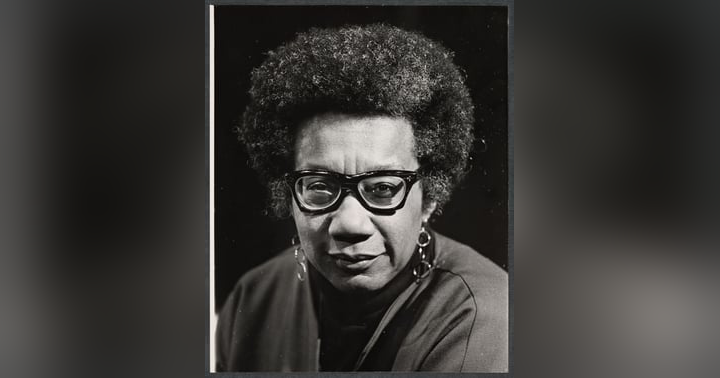Above is the top of the front page of the Philadelphia North American for Tuesday, October 23rd, 1906. The article, "3000 Negroes Start Riot Trying to Stop Objectionable Play" - the report on the disturbance at the Walnut Street Theatre the previous day - is in the center of the image.
According to the editors of the The North American, the 'riot' at the Walnut was not the top story of the day! They were very concerned about a recent statement by a member of "The Gang" - the usual crooks and bosses who were running Philadelphia City Hall at the time - that all the recent agitation for civic reform should end. The paper indignantly played up the quote on its front page every day that week.
We chose this image because it typified the sort of sensationalist journalism that typified the local newspapers in that era. The North American was first published in 1839 as a Whig Party newspaper. It soon absorbed several other older Philly newspapers, including the Daily Advertiser, and for a long period was known as The North American and United States Gazette, and was published by Morton McMichael (who became Mayor of Philadelphia in the late 1860s.)
In 1899 it was bough up by Thomas Wanamaker, son of John Wanamaker, and became a crusading publication during what is usually termed "The Progressive Era" of American politics. It always supported liberal and reform-minded Republicans like President Teddy Roosevelt, and campaigned against graft and corruption in city government.
But in 1925, that era was over and Thomas Wanamaker had died. Cyrus Curtis, the publisher of the Public Ledger, bought it up in order to shut down one of his chief competitors. The Ledger itself shut down in 1942, after selling off its morning and Sunday editions to the Inquirer.
Below is the advertisement for The Clansman that appeared in the Philadelphia Inquirer, the North American, the Evening Bulletin, the Public Ledger, and other Philadelphia newspapers.
Sharp-eyed readers will of course note that the bottom of the ad states that the show was "The Big Hit of Last Season." Wait . . had The Clansman already been produced in Philadelphia before the show that caused all the ruckus? Well yes it had! We will address this part of the story in a future episode.
Here is a photo of the Walnut Street Theatre, at the intersection of 9th and Walnut Streets in Philadelphia, c. 1900. This is substantially how it would have appeared on October 22, 1906, the day of the demonstration. As we learn in the episode, it likely was substantially less than 3000 people demonstrating in front of the theater that evening. Other stories said 2000, one said it might have been as little as 300. As we are reminded here, Walnut Street is not particularly wide here in the older part of Philadelphia, so it would not have taken too much of a crowd to present quite a notable presence.
Quite few photographs of the original production of The Clansman survive, and many were printed in the journal Nineteenth Century Theatre and Film in 2007. I hesitate to share most of them, as they are full of alarming white supremacist imagery. But here is a photo of the end of Act One, Scene one. You can see the crowds of 'negro' voters (white actors in blackface) and the character of young Ben Cameron, a white veteran of the Confederate Army, throwing a torn poster in the face of "Lynch", the ironically named bi-racial character.
Selected Bibliography:
Abernethy, Lloyd M., "Progressivism: 1905-1919" in Philadelphia: A 300-Year History, Russel F. Weigley, ed., W.W. Norton & Company, 1982, pp. 524-565.
Dixon, Thomas, The Clansman: An Historical Romance of the Ku Klux Klan, edited and abridged, with an Introduction by Cary D. Wintz, Taylor & Francis, 2001 (accessed via e-book published by Routledge, 2015).
Dixon, Thomas, Jr. , "Documents of Performance - 1, The Clansman: An American Drama," Nineteenth Century Theatre and Film; London Vol. 34, Iss. 2, (Dec 2007): 60-138. (This is the reproduction of the original text of the play.)
Dixon, Thomas, Jr. , "Documents of Performance - 2, 'Why I wrote The Clansman'," Nineteenth Century Theatre and Film; London Vol. 34, Iss. 2, (Dec 2007): 139-142.
DuBois, W. E. Burghardt, The Philadelphia Negro, A Social Study, University of Pennsylvania, 1899.
Johnson, Stephen, "Re-stirring an Old Pot: Adaptation, Reception and the Search for an Audience in Thomas Dixon's Performance Text(s) of The Clansman," Nineteenth Century Theatre and Film; London Vol. 34, Iss. 2, (Dec 2007): 4-46.












